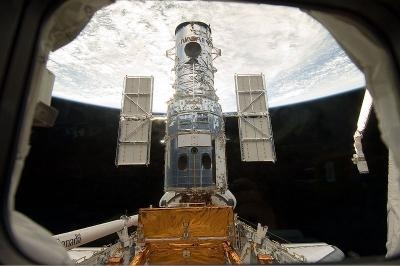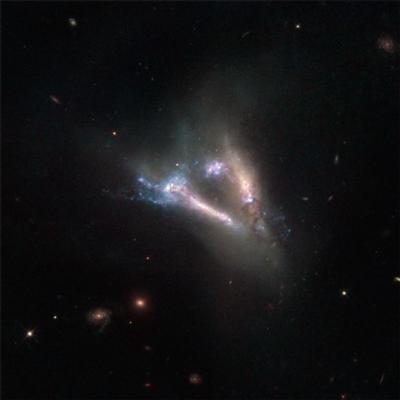Thu, Jun 24, 2021
Hubble Was Launched In 1990 And Has Conducted More Than 30 Years Of Operations
NASA continues to work to resolve a problem with the Hubble Space Telescope payload computer that halted on June 13. After performing tests on several of the computer’s memory modules, the results indicate that a different piece of computer hardware may have caused the problem, with the memory errors being only a symptom.

The operations team is investigating whether the Standard Interface (STINT) hardware, which bridges communications between the computer’s Central Processing Module (CPM) and other components, or the CPM itself is responsible for the issue. The team is currently designing tests that will be run in the next few days to attempt to further isolate the problem and identify a potential solution.
This step is important for determining what hardware is still working properly for future reference. If the problem with the payload computer can’t be fixed, the operations team will be prepared to switch to the STINT and CPM hardware onboard the backup payload computer. The team has conducted ground tests and operations procedure reviews to verify all the commanding required to perform that switch on the spacecraft.
If the backup payload computer’s CPM and STINT hardware is turned on, several days will be required to assess the computer performance and restore normal science operations. The backup computer has not been powered on since its installation in 2009; however, it was thoroughly tested on the ground prior to installation on the spacecraft.

The payload computer is a NASA Standard Spacecraft Computer-1 (NSSC-1) system built in the 1980s that is located on the Science Instrument Command and Data Handling (SI C&DH) unit. After 18 years on orbit, the original SI C&DH experienced a failure in 2008 that delayed the final servicing mission to Hubble while a replacement was prepared for flight. In May 2009, STS-125 was launched and the astronauts installed the existing unit. The replacement contains original hardware from the 1980s with four independent 64K memory modules of Complementary Metal-Oxide Semiconductor (CMOS) memory. Only one memory module is used operationally, with the other three serving as backups. All four modules can be used and accessed from either of the redundant payload computers.
Launched in 1990, with more than 30 years of operations, Hubble has made observations that have captured imaginations worldwide and deepened our knowledge of the cosmos.
More News
Ultrahigh Frequency (UHF) The frequency band between 300 and 3,000 MHz. The bank of radio frequencies used for military air/ground voice communications. In some instances this may >[...]
During The 7 Second Descent, There Was Another TAWS Alert At Which Time The Engine Remained At Full Power On October 24, 2025 at 2115 mountain daylight time, a Cirrus SR22T, N740TS>[...]
From 2009 (YouTube Edition): Educational Organization Aims to Inspire by Sharing Tuskegee Story Founding leader Don Hinz summarized the Red Tail Project’s mission in simple, >[...]
“This feels like an important step since space travel for people with disabilities is still in its very early days... I’m so thankful and hope it inspires a change in m>[...]
Also: New Katanas, Kern County FD Training, IndiGo’s Botched Roster, MGen. Leavitt Named ERAU Dean The Australian Transportation Safety Bureau (ATSB) has wrapped up its inves>[...]
 ANN's Daily Aero-Term (12.19.25): Ultrahigh Frequency (UHF)
ANN's Daily Aero-Term (12.19.25): Ultrahigh Frequency (UHF) NTSB Prelim: Cirrus Design Corp SR22T
NTSB Prelim: Cirrus Design Corp SR22T Classic Aero-TV: The Red Tail Project--Carrying the Torch of the Tuskegee Airmen
Classic Aero-TV: The Red Tail Project--Carrying the Torch of the Tuskegee Airmen Aero-News: Quote of the Day (12.19.25)
Aero-News: Quote of the Day (12.19.25) Airborne 12.17.25: Skydiver Hooks Tail, Cooper Rotax Mount, NTSB v NDAA
Airborne 12.17.25: Skydiver Hooks Tail, Cooper Rotax Mount, NTSB v NDAA




